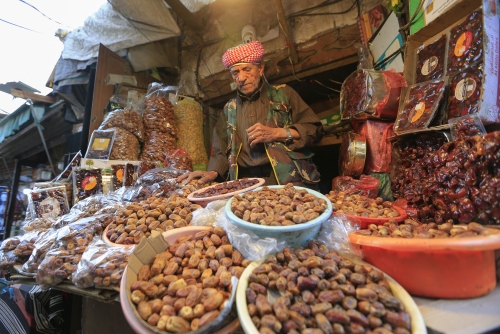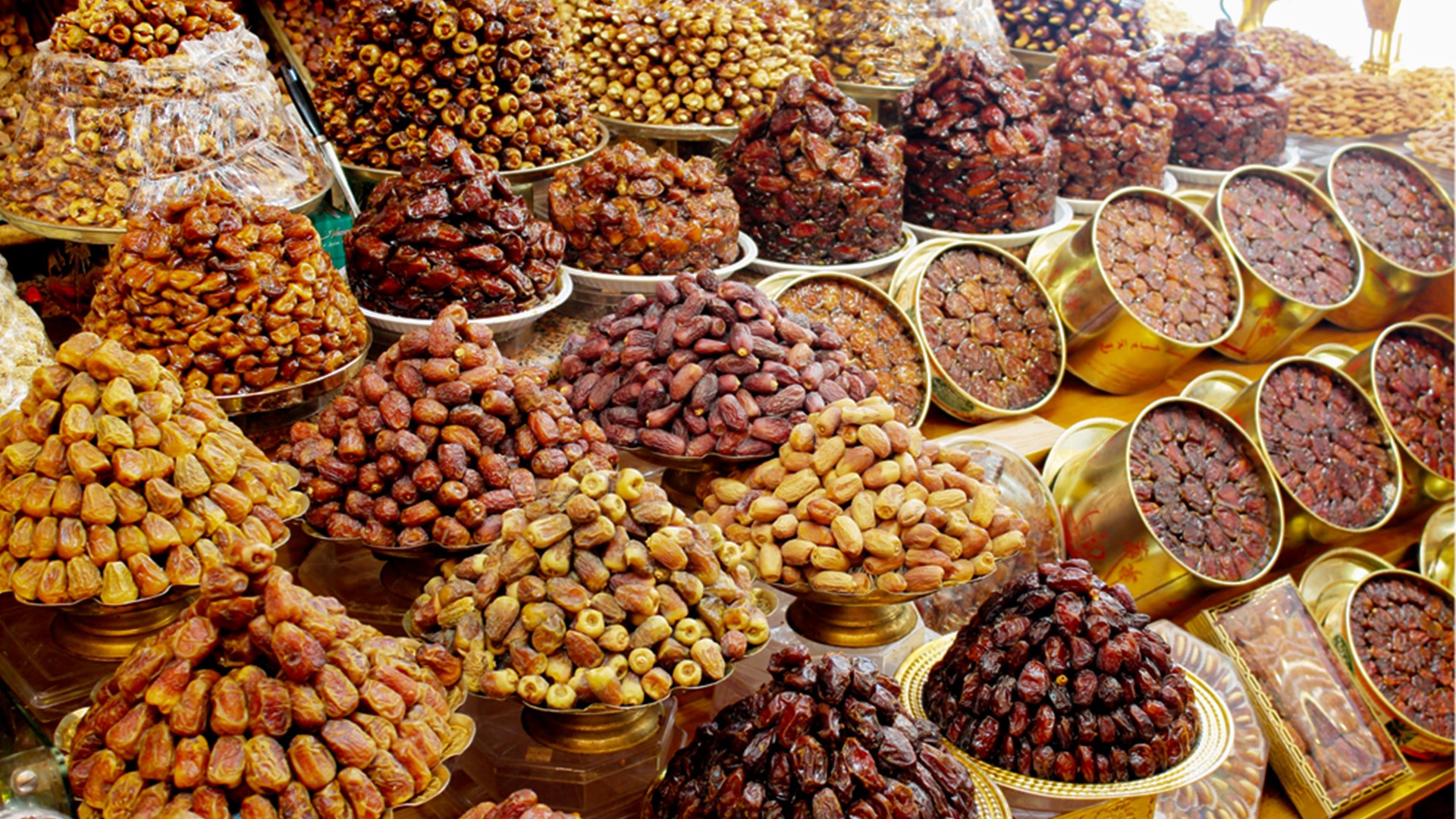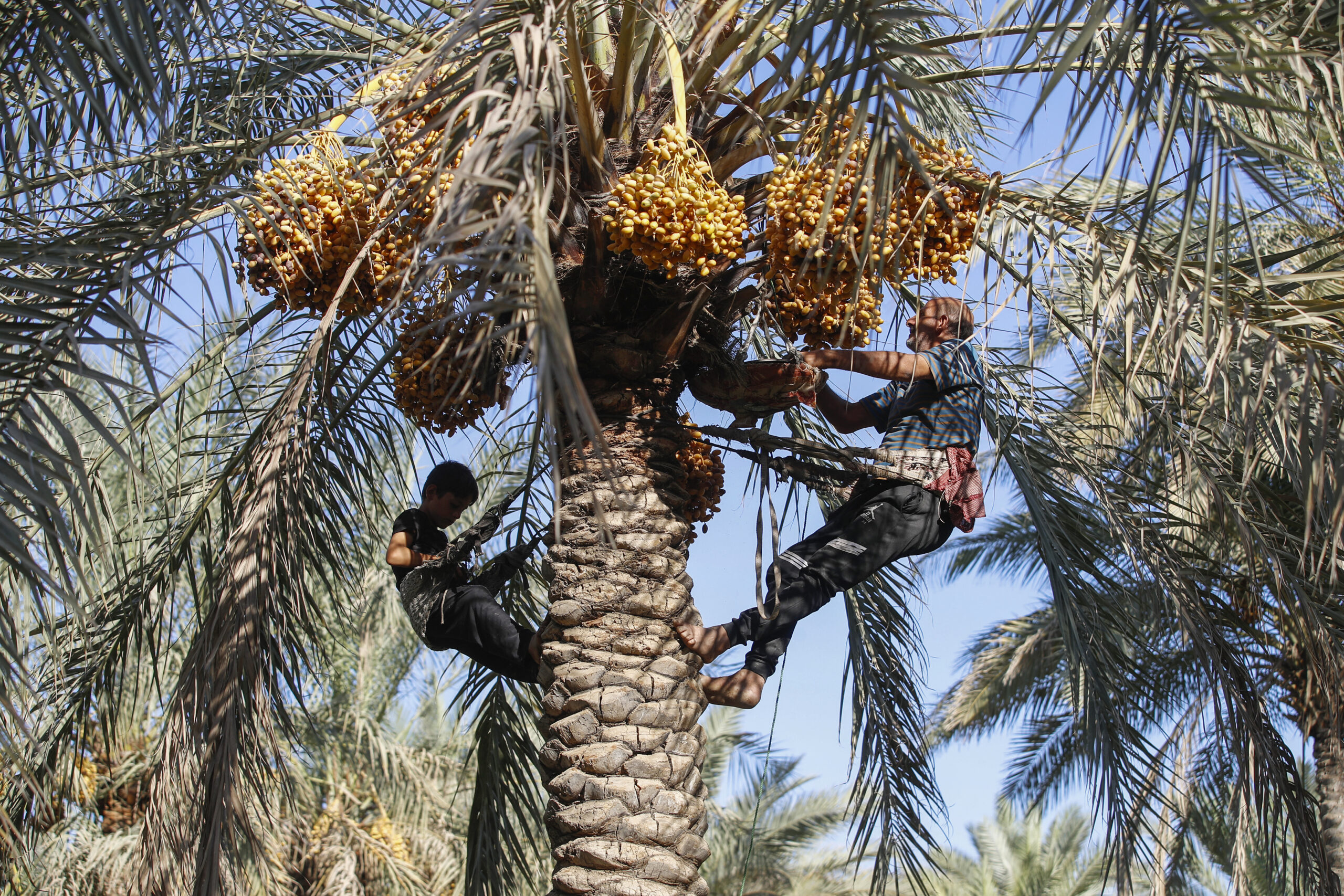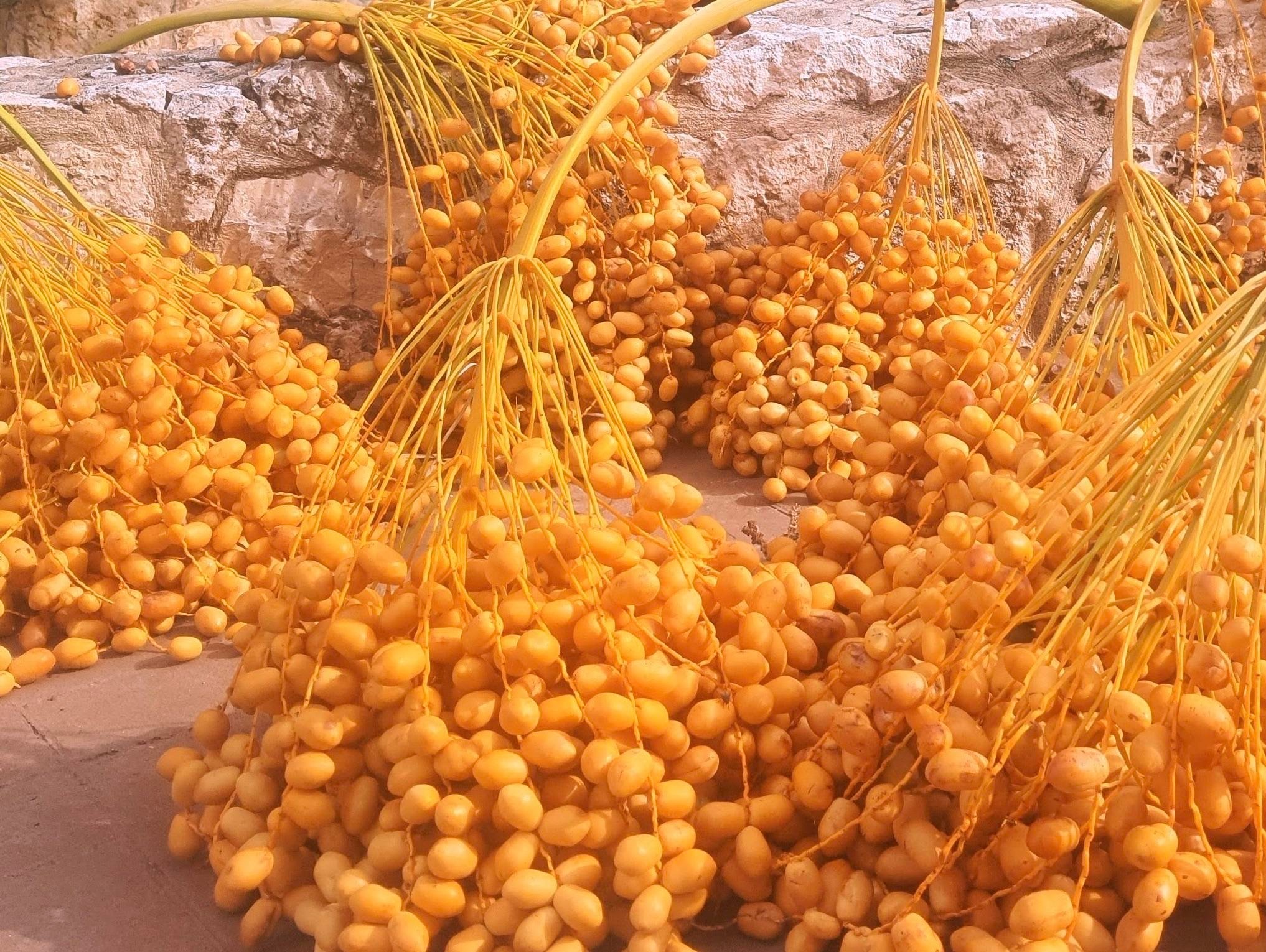Dates sweeten Ramadan traditions
TDT | Manama
Email: mail@newsofbahrain.com
As the sun dips below the horizon during the holy month of Ramadan, millions of Muslims around the world break their daily fast with a simple yet cherished fruit— dates. This centuries-old tradition, deeply rooted in Islamic teachings, is more than just a cultural practice. It is a spiritual and nutritional ritual that reflects the values of patience, gratitude, and devotion.
During Ramadan, which lasts for either 29 or 30 days depending on the lunar calendar, observant Muslims abstain from food, drink, smoking, and sexual relations from dawn until sunset. The daily fast, known as sawm, is one of the five pillars of Islam and is intended to foster taqwa, or awareness of God. When it is time to break the fast, many follow the teachings of the Prophet Muhammad by consuming dates and water—a tradition mentioned in the Quran for its physical and spiritual benefits.
Fruit of Many Flavors
Dates are not only a symbol of Ramadan but also a nutritional powerhouse. Packed with vitamins, minerals, and fiber, these small, sweet fruits provide a quick source of energy—an essential boost after hours without food or drink. Their high fructose content makes them an ideal natural sugar to replenish energy levels.
The variety of dates is as diverse as the regions where they are grown. Among the most popular types is the Medjool date, prized for its large size, amber hue, and rich sweetness. Mabroom dates, by contrast, are less sugary, with a chewy texture and reddish-brown color.
For many Muslims, the Ajwa date holds special significance. Grown exclusively in Medina, Saudi Arabia, these soft, fleshy dates are considered the most precious due to their religious and historical ties to the Prophet Muhammad. Other varieties include Deglet Noor, a lighter, medium-sized date often used in cooking, and the Piarom date, known for its dark skin and rich, slightly dry texture.
Fruit of History and Abundance
The history of date cultivation stretches back thousands of years, particularly in the Middle East and North Africa. Date palm trees are a symbol of endurance, thriving in arid climates and capable of producing fruit for over a century if properly maintained. Each mature tree can yield more than 100 kilograms—roughly 10,000 dates—per harvest season.
The Ajwa date’s exclusivity and religious significance make it the most expensive variety in the world. Yet, dates of all kinds play a central role in daily life across the region, particularly during Ramadan when their consumption spikes as Muslims observe the sunset meal, known as iftar.
Global Leaders in Date Production
The global appetite for dates continues to grow, with nearly 10 million tonnes produced worldwide in 2022, according to Tridge, a food and agriculture database. Countries with long, hot summers are ideal for date palm cultivation, and the world’s leading producers are all located in the Middle East and North Africa.
Egypt stands as the top global producer, accounting for approximately 18 percent of the world’s date supply. Saudi Arabia follows closely behind, contributing 17 percent, while Algeria rounds out the top three with 13 percent of the global yield. Other significant producers include Iran, Iraq, and the United Arab Emirates, where date farming is both a cultural heritage and a vital economic sector.
Timeless Symbol of Faith and Nourishment
Beyond their nutritional value and economic importance, dates remain a powerful symbol of faith and community. During Ramadan, sharing dates at iftar gatherings reflects the spirit of generosity and unity central to the holy month.
As Muslims around the world continue to observe this ancient tradition, the humble date remains a timeless link between past and present—a small fruit with a profound place in both religious practice and daily life.
Related Posts




